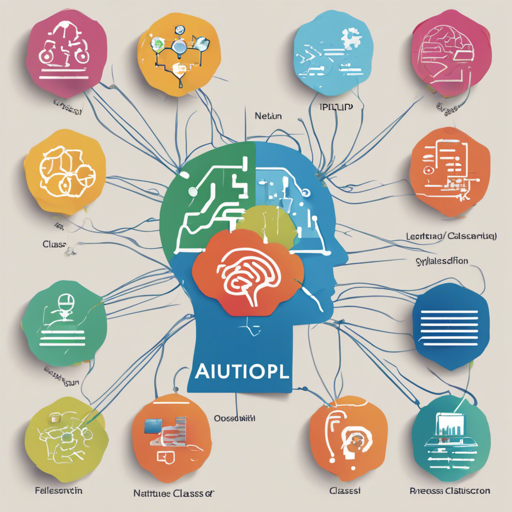AutoNLP is a powerful tool that simplifies the process of training natural language processing models. In this guide, we’ll delve into how you can leverage the AutoNLP model for multi-class classification using a specific dataset and what metrics you can expect to analyze once your model is trained.
Understanding the Breakdown of the Model
Imagine you have a magical sorting hat that can classify any phrase or text into various categories, much like how one might classify their favorite types of pizza – from meat lovers to vegetarian. The AutoNLP model operates in a similar manner, categorizing input texts into predefined classes based on the training it has received.
In this instance, we are working with a model specifically built to classify sentiments related to “I love AutoNLP”. This model was designed for multi-class classification and has the following performance characteristics:
- Model ID: 23044997
- CO2 Emissions (grams): 4.82
Validation Metrics Breakdown
The model comes with a set of validation metrics that help you gauge its performance. Think of these metrics as grades indicating how well the magical sorting hat performs its duties:
- Loss: 0.0016 – A lower value indicates better performance.
- Accuracy: 99.97% – Indicates the percentage of correctly classified instances.
- Macro F1: 99.91% – Measures the balance between precision and recall.
- Micro F1: 99.97% – A similar measure that takes into account all classes together.
- Weighted F1: 99.97% – Averages the F1 scores of each class, weighted by support.
- Macro Precision: 99.98% – Evaluates how many selected items are relevant.
- Macro Recall: 99.84% – Measures how many relevant items were selected.
Using the Model
There are two primary ways you can access and utilize the AutoNLP model: using cURL or through the Python API. These methods enable you to send your data to the model for classification, showing how simple it is to tap into the model’s power.
Accessing via cURL
If you favor command-line tools, you can utilize cURL with the following command:
$ curl -X POST -H "Authorization: Bearer YOUR_API_KEY" -H "Content-Type: application/json" -d '{"inputs": "I love AutoNLP"}' https://api-inference.huggingface.co/models/Monsia/autonlp-tweets-classification-23044997Accessing via Python API
If coding is your jam, here’s how to use the Python API:
from transformers import AutoModelForSequenceClassification, AutoTokenizer
model = AutoModelForSequenceClassification.from_pretrained("Monsia/autonlp-tweets-classification-23044997", use_auth_token=True)
tokenizer = AutoTokenizer.from_pretrained("Monsia/autonlp-tweets-classification-23044997", use_auth_token=True)
inputs = tokenizer("I love AutoNLP", return_tensors='pt')
outputs = model(**inputs)Troubleshooting Common Issues
If you encounter any hurdles while using the AutoNLP model, don’t worry! Here are some common troubleshooting tips:
- Ensure your API key is correct and has the necessary permissions to access the model.
- Make sure your input text does not exceed the token limit set by the model.
- If you’re receiving unexpected outputs, review the format of your input data – the model works best with clean and well-structured input.
For more insights, updates, or to collaborate on AI development projects, stay connected with fxis.ai.
At fxis.ai, we believe that such advancements are crucial for the future of AI, as they enable more comprehensive and effective solutions. Our team is continually exploring new methodologies to push the envelope in artificial intelligence, ensuring that our clients benefit from the latest technological innovations.
Conclusion
Utilizing AutoNLP for multi-class classification is akin to using a highly skilled team of chefs to curate a perfect dining experience based on your preferences. With its robust features and impressive validation metrics, you’re well-equipped to start classifying with ease.

